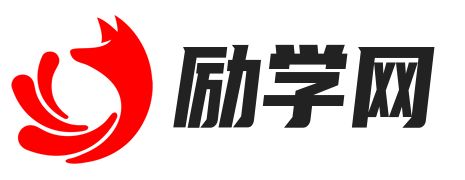最后更新时间:2024-08-16 01:08:47
语法结构分析
句子:“[老师解释说,头会箕赋是指按照人口数量来征收赋税,这在古代是一种常见的税收方式。]”
- 主语:老师
- 谓语:解释说
- 宾语:头会箕赋是指按照人口数量来征收赋税,这在古代是一种常见的税收方式
这个句子是一个陈述句,时态为一般现在时,语态为主动语态。
词汇学*
- 头会箕赋:这是一个特定的术语,指的是按照人口数量来征收赋税。
- 征收赋税:指政府向民众收取税款。
- 古代:指历史上的过去时期,特别是指较早的时代。
- 常见:经常发生或出现的。
语境理解
这个句子出现在一个教育或历史讨论的语境中,老师在解释一个古代的税收制度。理解这个句子需要对古代**的税收制度有一定的了解。
语用学分析
这个句子在实际交流中用于教育或解释古代的税收制度。它的使用场景可能是在课堂、讲座或历史讨论中。句子的语气是客观和教育性的。
书写与表达
可以用不同的句式表达相同的意思,例如:
- “老师阐述了头会箕赋的概念,即古代按照人口数量征收赋税的一种常见方式。”
- “在古代,按照人口数量征收赋税的做法被称为头会箕赋,老师对此进行了详细解释。”
文化与*俗
头会箕赋这个术语反映了古代的一种税收制度,这种制度基于人口数量来确定税收的多少。了解这个术语有助于理解古代的社会经济结构和文化背景。
英文翻译
Translation: "The teacher explained that 'head tax' refers to the practice of levying taxes based on the population count, which was a common method of taxation in ancient times."
Key Words:
- head tax: 头会箕赋
- levying taxes: 征收赋税
- population count: 人口数量
- common method: 常见方式
- ancient times: 古代
Translation Interpretation: The sentence explains a historical tax system in ancient China, where taxes were collected based on the number of people in a household. This method was widely used in that era.
Context and Situation Analysis: The sentence is used in an educational setting to explain a historical concept. It requires an understanding of ancient Chinese taxation practices and their relevance to the social and economic structure of the time.
